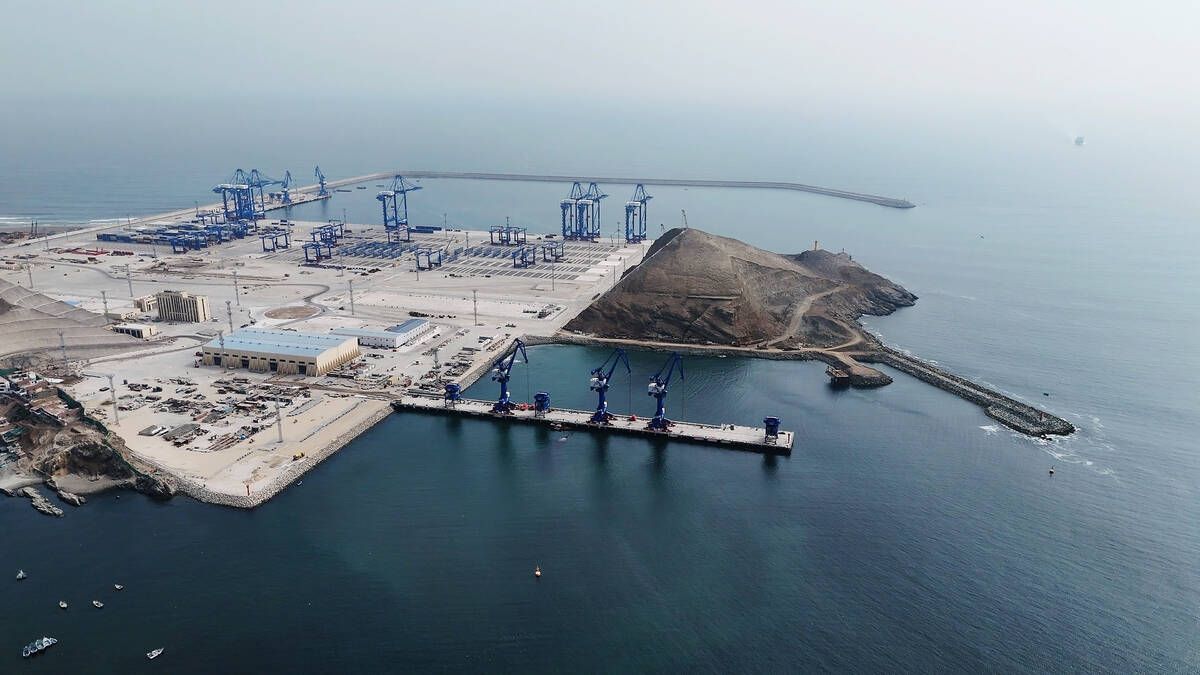A government program aimed at helping Saskatchewan producers prop up flagging farm incomes with tree crops will not extend beyond a demonstration stage because no financial incentives are being offered to new growers.
“Well, right at the present time, there’s no financial incentive for the farmer to do it,” said Larry White, an agroforestry specialist with the Saskatchewan Forest Centre.
Approximately 500 acres of hybrid poplar trees have been planted on agricultural land over the past two years. The project’s goal is to make use of land that is not profitable when seeded with traditional crops.
Read Also

Geopolitics can change trade routes
WHISTLER, B.C. — Today’s geopolitical tensions could have dire long-term consequences, says the director of international policy at the University…
Farmers who applied to develop a site received funding from the federal Forest 2020 program and then the centre’s forest development fund in 2004 and 2005.
“It was a break-even situation. We would work with the owner and determine what the costs were of the site preparation, the planting and the veg management,” said Adam Wellstead, project manager of Forest 2020.
The program is part of the Canadian government’s commitment to the Kyoto Accord to cut greenhouse gases. White said the program encouraged the planting of five million acres of fast growing trees in Canada.
There is no cash flow for growers for at least 20 years while the trees mature, but farmers are the ones who reap the rewards once the trees are harvested.
White said there is no indication the government will help fund the setup costs of new tree crop farmers. He said money is needed in the first few years of growing to encourage more farmers to consider planting trees.
There are 19 tree crop sites in the province. Selected landowners received free trees and funding to cover the costs of site preparation and weed control.
White said the average start-up cost for a tree crop this year was $350 per acre. He added people want to make money, not spend it, on their economically marginal land.
“So there’s a fair bit of upfront cost and then there’s a 20 year waiting period,” White said. “There has to be some incentive built in there to encourage landowners, you know, to do this, to get through the first 20 year cycle.”
Melanie Boldt planted a tree crop this spring on eight acres of unused farmland near Osler, Sask.
“We got into the idea because that little piece of land is too small to put any machinery into,” Boldt said.
“Our business (Pine View Farms All Natural Meats) is focused around sustainable agricultural practices and diversity, so we thought that this was a really good fit for our farm to try something different on a small scale.”
Boldt received $1,000 to offset weed control costs. She said the crop would be labour intensive during the first five years.
“We hand-weeded around each of the trees. You could cultivate too, but we’re trying to not do that.”
Owners can plant the trees and leave them until the 20 year harvest mark, White said, but he suggests doing more.
“Do some pruning of the trees to produce a higher value wood. When you prune them from the base up, you produce knot-free wood.”
Boldt said “it would be a substantial investment if they had to pay all the costs up front.
“But it’s something we’re definitely interested in for our marginal farmland. If this works, it’s great.”
The forestry centre is no longer accepting applications for the tree crop program but potential tree farmers can still contact the organization to get their names on a database of interested growers.














